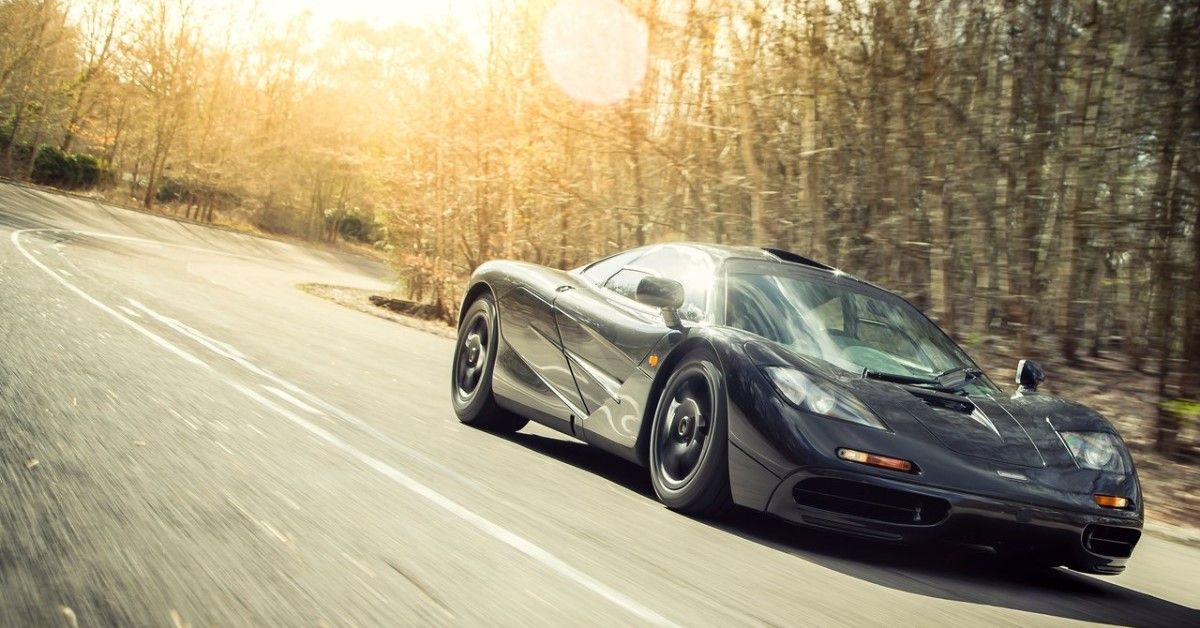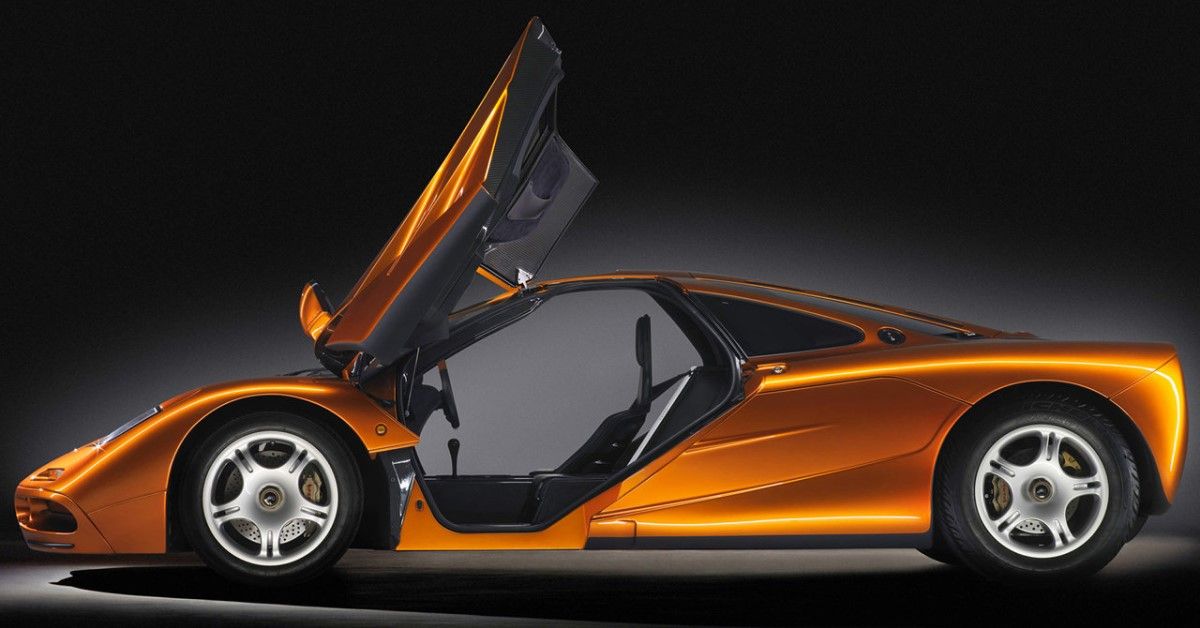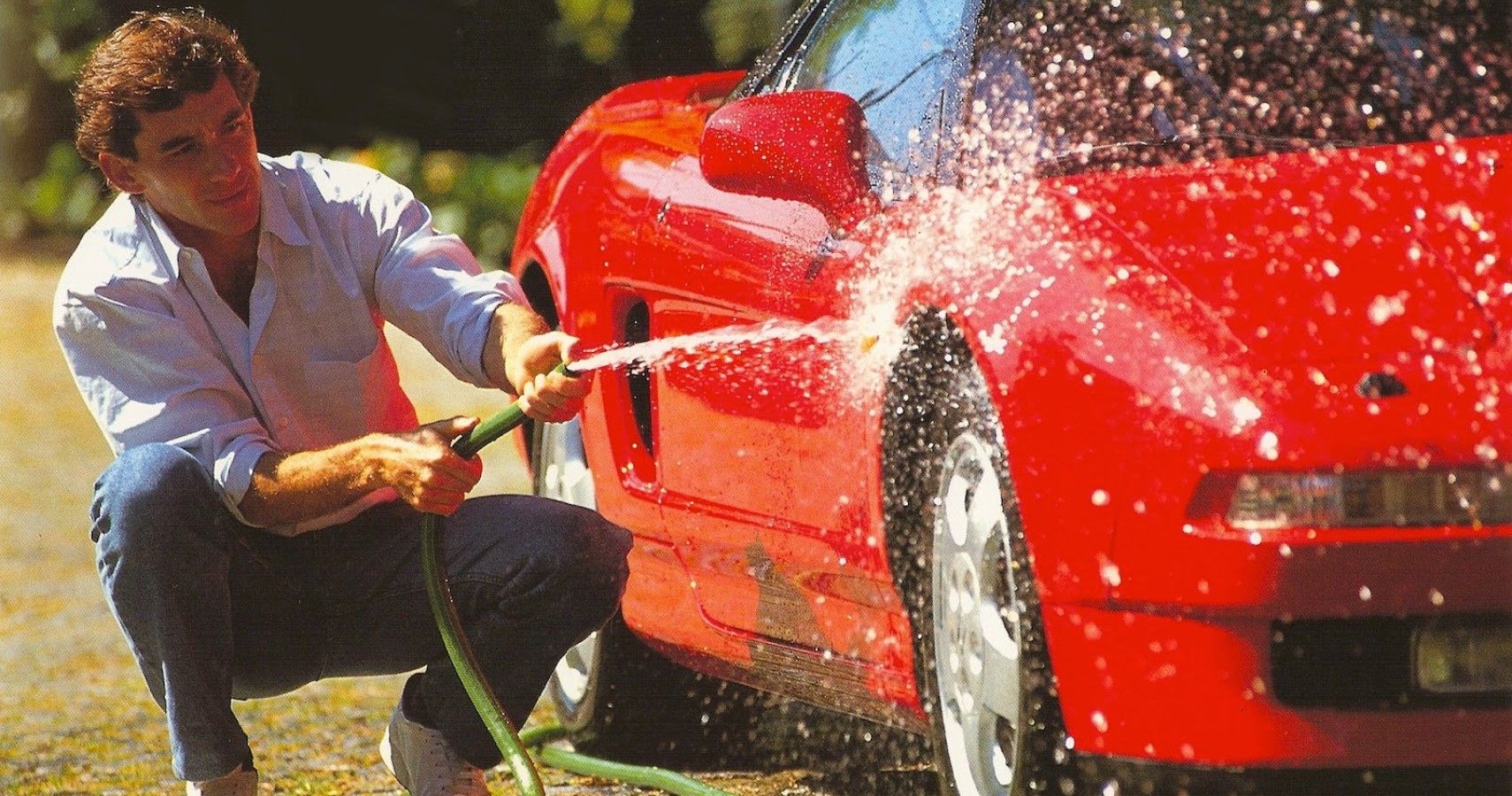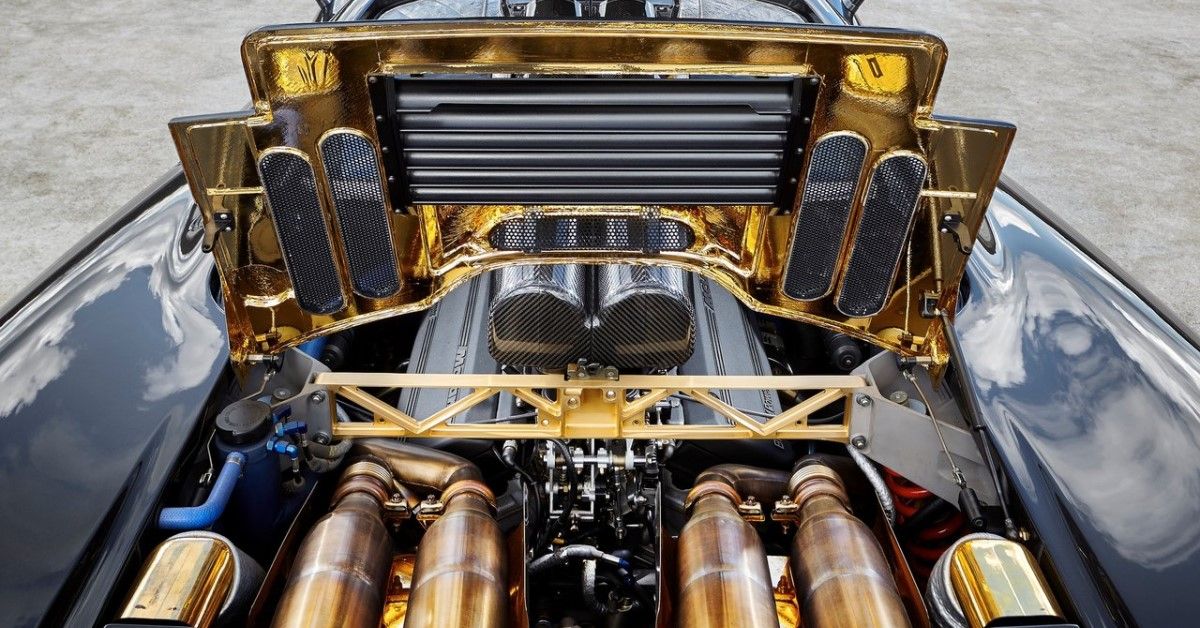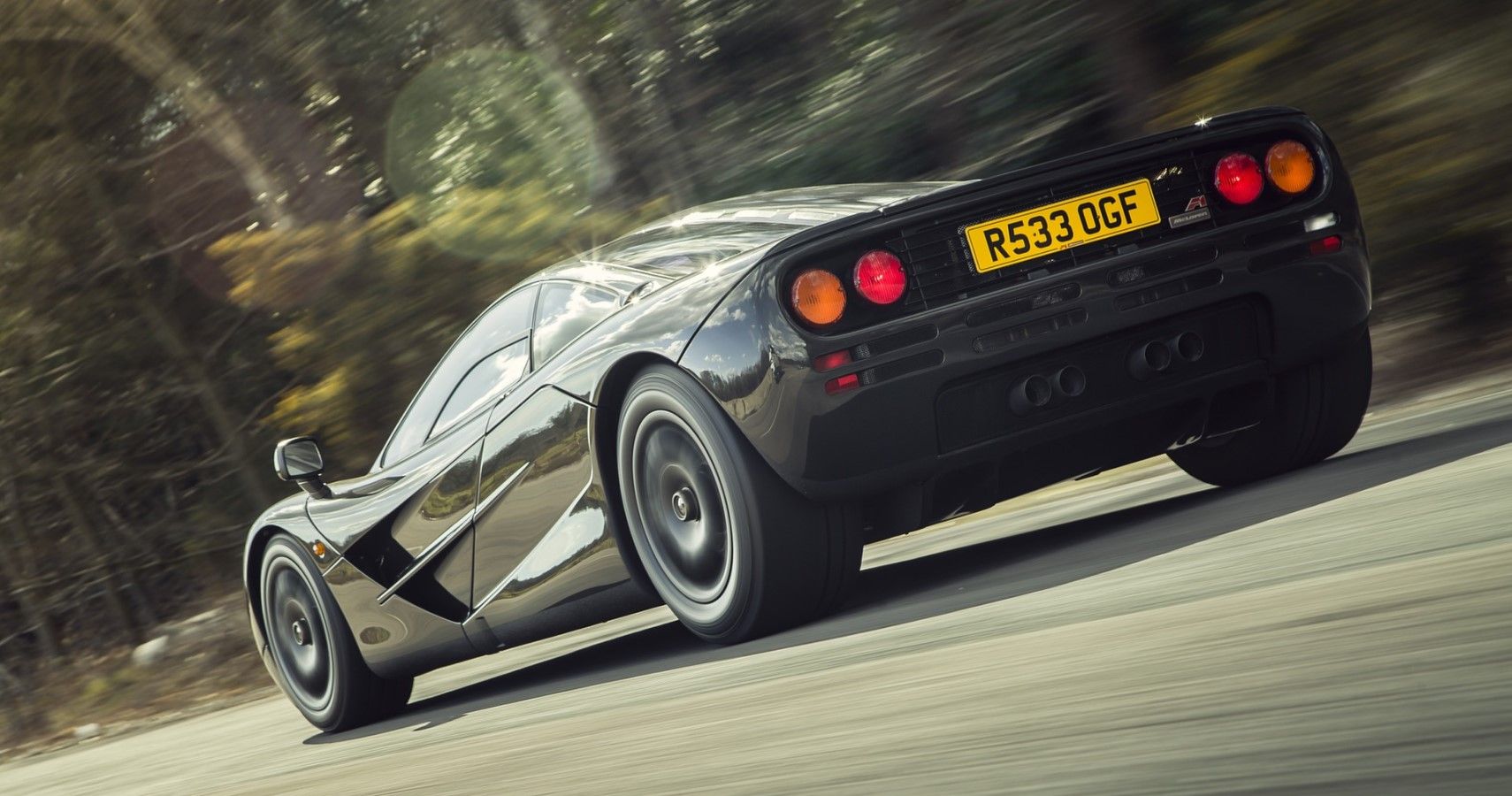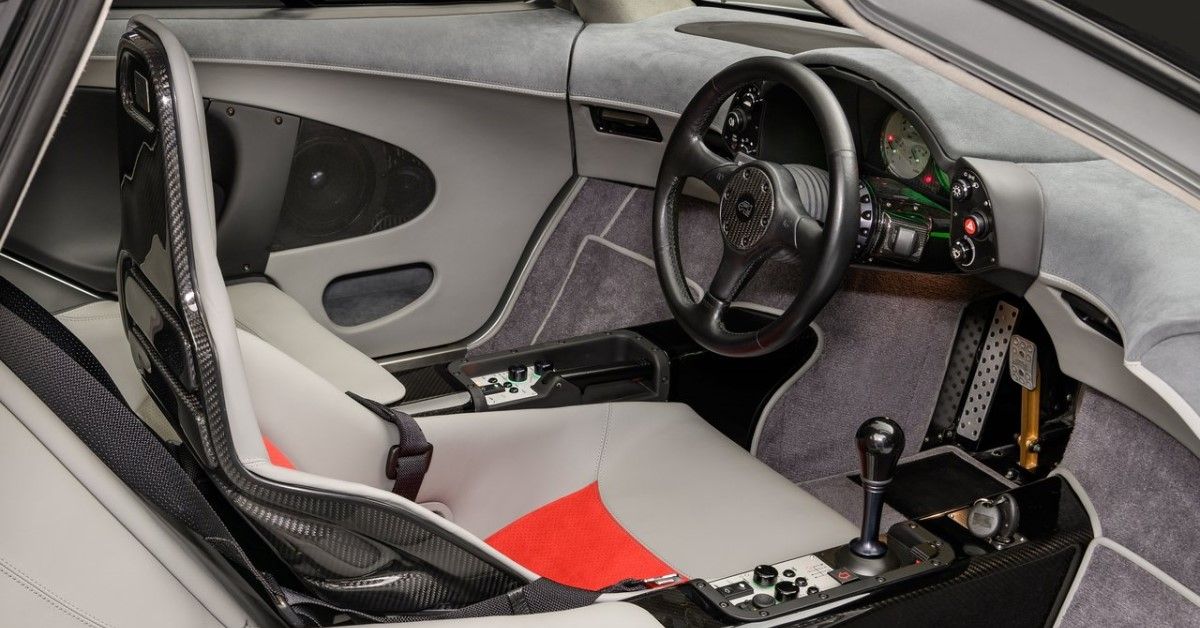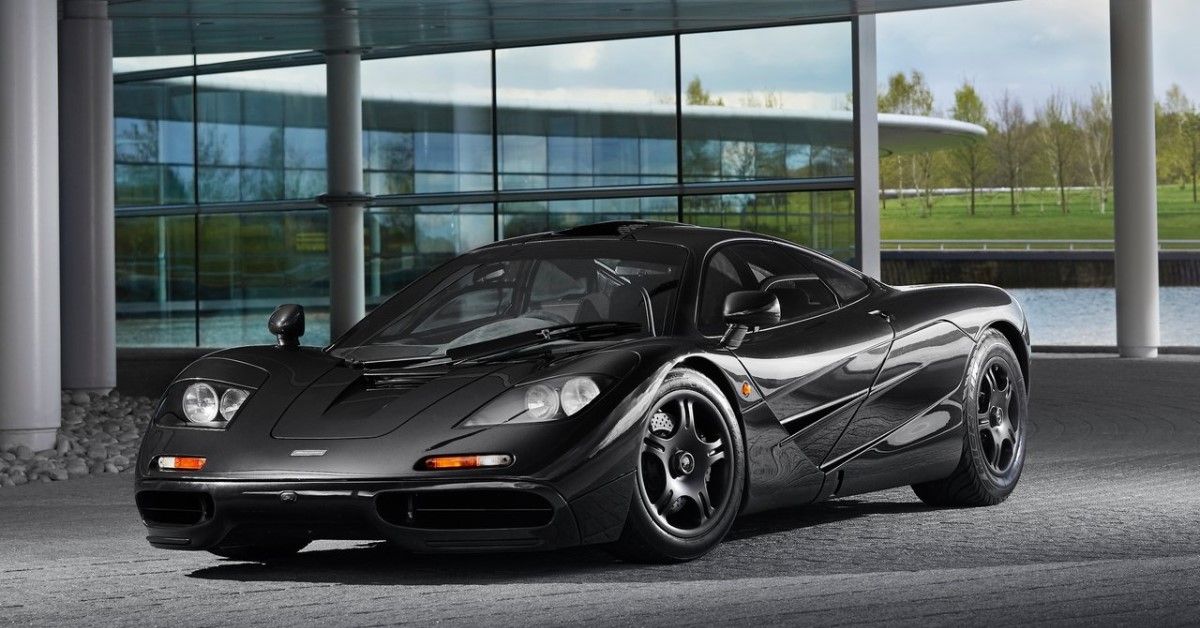McLaren was riding high on its Formula 1 success during the early 1990s and it was a prosperous time for the automaker. That's when they decided to expand their expertise outside closed circuits, and onto the roads. Gordan Murray played a very important role in the formation of this out-worldly machine.
He had just one thing in mind when conceptualizing a fast car with a center-laid driver seat - that it should be blisteringly quick and impressively nimble at the same time. The McLaren F1 is considered a warp drive in the automotive world. It was a car that made automakers redefine the way they looked at supercars. It made them reconsider that not everything was about more numbers and sheer speed.
It was the pinnacle of engineering when launched in 1992 and people were dumbstruck by the masterpiece that McLaren has bestowed upon the world. Everything was made from the ground up, even the engine and that is what makes this monster of a car, topple the best supercars of all times.
McLaren F1 was, and still remains the pinnacle of automobile engineering with the hypercars of the 21st Century, still taking notes off it!
Arton Senna And Honda NSX Played A Very Crucial Role In Making The F1
We all know who Gordon Murray is. He is the Zeus of supercars and has time and again proved that you don't need fancy top-notch gizmos and technology to build an insanely extreme supercar. His latest testimony to the same is the Gordon Murray T.50; a 654hp supercar that revs up to an insane 12,100 rpm and is touted as the spiritual successor of the McLaren F1.
Talking of the F1, it all started on a flight. Yup, Mr. Murray was returning home from the 1988 Formula One Italian Grand Prix. He sketched out a 3-seater car design that he had in mind. And guess what, the CEO of McLaren automotive and Head of Formula One team - Ron Dennis was also aboard.
At that time McLaren was on high terms with Honda and so Murray wanted to get their help. He went to Honda's Tochigi Research Center where he was able to meet Aryton Senna and drive his Honda NSX. This changed his perception of the car he wanted to make. Till then he was all into the brutal performance. But after experiencing the insane level of handling and driving dynamics, he made it his mission to makes the most powerful and driver-friendly sports car.
BMW Built The Iconic NA V12 For McLaren F1 And Was The 'Gold Standard'
Yes! The engine compartment was lined with gold foil, as there wasn't a better material available at the time to deflect and radiate heat away from the cabin. BMW's M Divison was responsible for building the iconic 6.1L Naturally Aspirated V12 engine that pumped out 627 hp and 586 lbs. Reliability was a key aspect Gordon wanted in the McLaren F1 and the collab with BMW's M Division was the perfect solution for the same.
The intake manifold was made of carbon fiber, and titanium and magnesium were used in bolting together various components of this wonder machine. It was coupled to a 6-Speed manual gearbox and power was transmitted to the rear wheels. All of this was packed into a 2,500 lbs. offering which made it an insanely light proposition for the 90s.
McLaren F1 Had An Untouched Top Speed Of 240 mph; Still Holds The Fastest Car Title
The winning point of its insane power to weight ratio is its 0-60 mph run that took just 3.2 seconds. It could reach 100 mph in just 6.3 seconds and the godly 200 mph mark came up in just 28 seconds. The McLaren F1 has an electronically limited top speed of 231 mph because of safety concerns. But in a closed environment and with the speed limiter removed, the McLaren F1 set a new world record in 1992 at 240.1 mph for the fastest production car.
It even touched 243 mph at a private test in 1998. Interestingly, the McLaren F1 has not been defeated, even in 2021. This is because all the cars that have surpassed this number have forced induction whereas the F1 was a Naturally Aspirated car. So, it still remains the undisputed king and the greatest cars ever made!
A Center-Driver Seat Made Things Pretty Clear About The F1's Focus On Drivability
McLaren F1 has a center-positioned driver's seat to give you the perfect driving setup, derived straight from the tracks. The 3-seater layout is one of the most unique features in this grand-daddy of hypercars. The dashboard is bland towards the end and is focused on the center, clearly giving a fighter jet vibe.
But it's not all focused on sheer drivability, as the floor is covered in soft carpet and the seats in leather. There are carbon fiber and aluminum layered across the cabin as well. McLaren F1 also came with an air-con system, electric windows, remote central locking system, and a Kenwood 10-disc audio system. Not something you expect from a 200+ mph car, that too in the early 1990s. A unique aspect of the Kenwood unit is that it was a lightweight unit specifically developed for the F1.
A Purpose-Built Alien; The McLaren F1 Is A Looker, Even After 20 years
Looking at a McLaren F1 in 2021, will still not be 'out-of-fashion' as this hypercar of the 90s packed simplicity and functionality in a sleek sculpted package. The headlamps were positioned on the front fender and the rear was classic with round taillights. The gullwing doors packed most of the drama and were backed with the aero-specific side panels.
Frankly, this was the most modest design for a car that still hasn't be defeated. Gordon Murray is a badass, and the McLaren F1, his most prized possession.
Sources: Caranddriver.com, Topseed.com, Roadandtrack.com, Wikipedia.org

